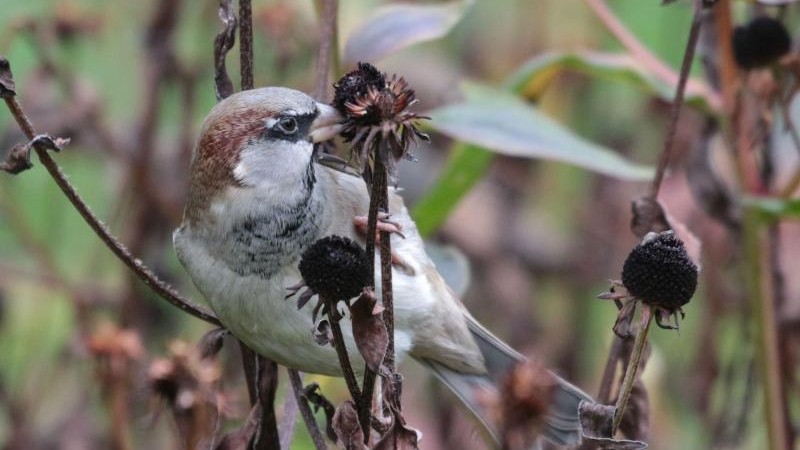Sydney (dpa) – There are about 50 billion birds on Earth – about six per person. This comes from the extrapolation of Australian scientists. According to this, there are only a few species that contain more than a billion specimens, while many species are rare or very rare.
Birds that are still very popular include sparrows and barn swallows, and rare birds kiwi fruit. Researchers say knowing the frequency of a species is important for timely conservation measures.
The study conducted by the team led by William Cornwell of the University of New South Wales (UNSW) in Sydney (Australia) has been featured in the journal “Proceedings” of the US National Academy of Sciences (“PNAS”). The researchers combined scientific surveys of individual species in specific distribution regions with nearly one billion entries in the eBird database. About 600,000 citizens of scientists enter into bird watching.
Cornwell and colleagues used the research data to determine their estimated number of occurrences per unit area of 724 species. They compared this to how often these species are seen on eBird. They also took into account how often humans were likely to discover a species of bird based on its appearance and lifestyle. Birds that breed near settlements are spotted more often than those found mostly in remote areas.
From these specifications, the researchers developed an estimate of the global frequency of 9,700 bird species – about 92 percent of all known bird species. The remaining eight percent was not included in the estimate due to the uncertain data status. However, since they are all rare species, their number hardly adds to the total number of birds, the researchers explain.
According to their calculations, there are only four species, of which there are more than a billion individuals: house sparrow or sparrow (Passer localus; 1.6 billion), starling (Sturnus vulgaris; 1.3 billion), and ring-beaked gull (Larus) delawarensis; 1.2 billion) and barn swallows (Hirundo rustica; 1.1 billion).
There are only about 100 samples of Turnax melanogaster left. About 12 percent of the species have a population size of less than 5,000 animals, including the extremely rare tern amber (Thalasseus bernsteini), the long-bellied bushbird (Atrichornis clamosus), which is believed to be extinct, and the rail-flying drum (Habroptila wallacii).
The researchers write that measuring the abundance of a species is a critical first step in preserving it. First author Corey Callahan of the University of New South Wales explains: “By correctly computing what is present, we learn about potentially sensitive species and see how these patterns change over time.” Researchers investigated whether the rare occurrence was typical of specific groups of birds, but were unable to find a general pattern. Birds from the kiwi families (3000) and claws of the stalk (154,000) were the least common.
Diet data for the study was also collected: so most birds that live today eat invertebrates as worms (15 billion), but many are also omnivores (13 billion). The rarest scavengers (194 million) and birds that survive on nectar flowers (479 million).
The researchers wrote that how these and other numbers evolved could be recorded every five to ten years. “If their population declines, it could be a real wake-up call to the health of our ecosystem,” notes Cornwell. The researchers hypothesize that their method could also be used for other animal species. They also advocate that as many ordinary people as possible should act as citizen scholars. “It can be as simple as checking to see if you can see something outside the window while you have your morning coffee,” says Cornwell.
© dpa-infocom, dpa: 210518-99-638010 / 4

Communicator. Reader. Hipster-friendly introvert. General zombie specialist. Tv trailblazer

